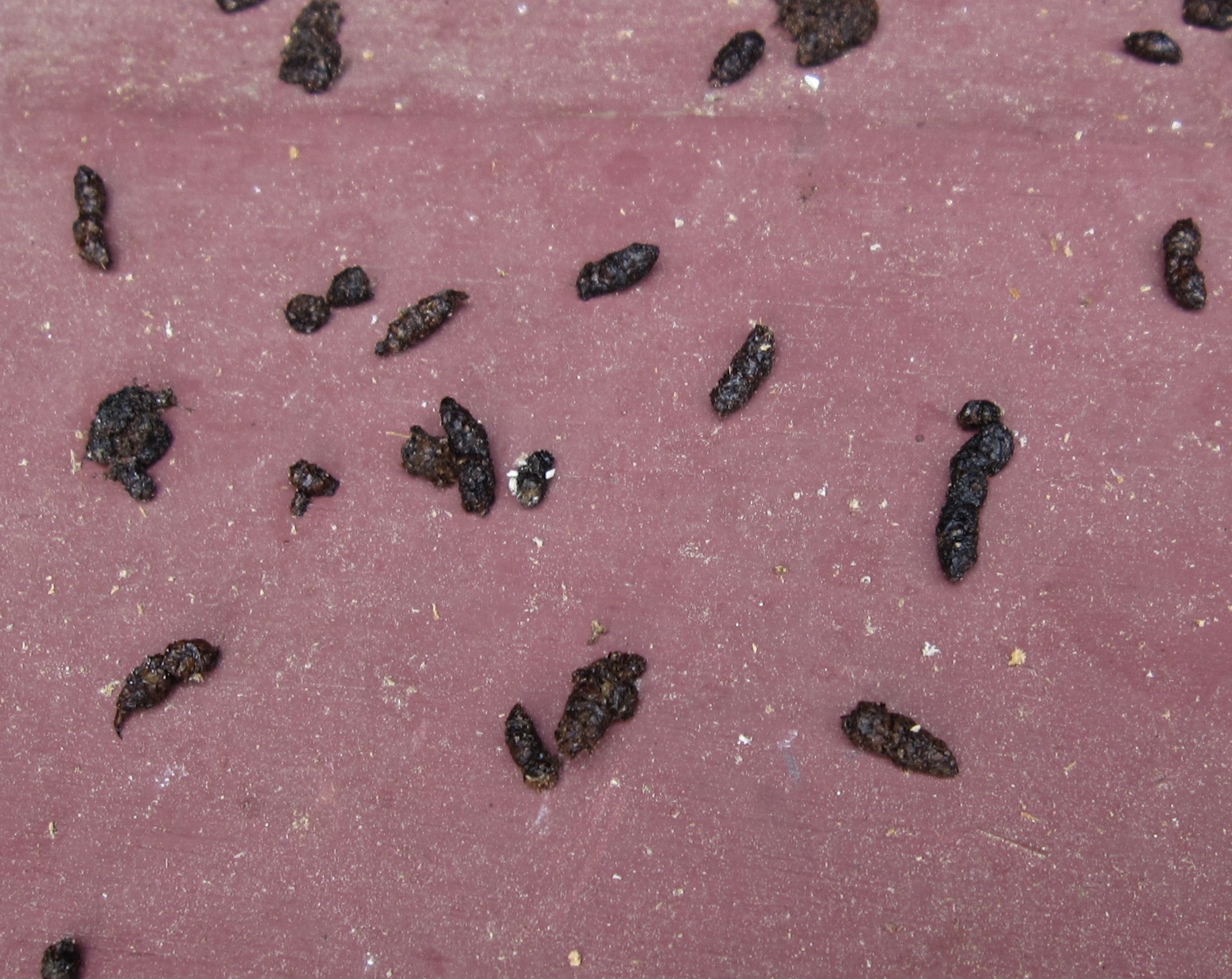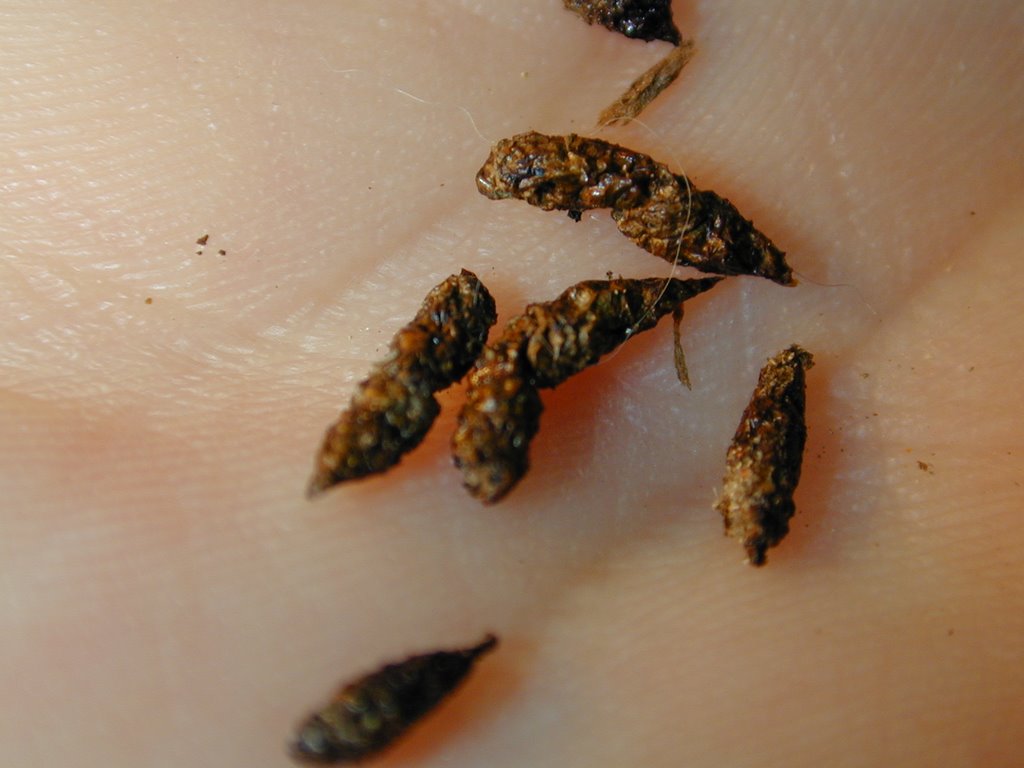Unmasking Bat Poop: Your Guide To Identification, Risks, And Safe Cleanup
Detail Author:
- Name : Prof. Jaime Johnston
- Username : wolf.mervin
- Email : ankunding.violet@bernier.com
- Birthdate : 1977-05-15
- Address : 367 Metz Road Mosciskiport, MT 80058
- Phone : +1 (856) 786-3083
- Company : Spencer, DuBuque and O'Connell
- Job : Sales and Related Workers
- Bio : Aut ut corrupti dolores labore molestiae. Ex illum at odio non exercitationem aut. Ipsa dolor aut aut.
Socials
instagram:
- url : https://instagram.com/ekeebler
- username : ekeebler
- bio : Cum cumque doloribus quidem cumque unde consequatur dolor repudiandae. Et et occaecati debitis eum.
- followers : 3724
- following : 211
twitter:
- url : https://twitter.com/elfrieda.keebler
- username : elfrieda.keebler
- bio : Aliquid qui quisquam deleniti magnam earum. Enim delectus voluptas ea ut non quidem. Quibusdam sed et vero impedit eos dolor.
- followers : 4614
- following : 1735
facebook:
- url : https://facebook.com/keebler2020
- username : keebler2020
- bio : Itaque laudantium eos mollitia dignissimos recusandae quia nemo.
- followers : 2195
- following : 1826
linkedin:
- url : https://linkedin.com/in/elfrieda_keebler
- username : elfrieda_keebler
- bio : Quia aut quo suscipit sed hic blanditiis eveniet.
- followers : 2755
- following : 1824
Have you ever stumbled upon mysterious little pellets in your attic or around your home? You know, those tiny, dark bits that make you wonder, "What on earth is that?" Well, if they look a bit like dark grains of rice, there's a good chance you're looking at bat poop, also known as guano. This seemingly innocent discovery, you see, might actually be a very real clue that bats are sharing your space, and that's something worth paying attention to.
For many folks, the thought of bat droppings, or guano, might not seem like a big deal at first glance. Perhaps you just sweep them up and think nothing more of it. However, it's pretty important to understand that these little droppings, while small, can actually carry some serious health risks. That's why, in a way, knowing what to look for and what to do next is so incredibly helpful for keeping your home and family safe.
This guide will walk you through everything you need to know about bat guano, from what it looks like and how it smells, to why it's a concern and what steps you can take to handle it safely. We'll even help you tell the difference between bat droppings and other common household pests, like mice. So, you know, let's get into the specifics of this rather unique topic.
Table of Contents
- What Exactly is Bat Guano?
- Appearance and Characteristics: What Does Bat Poop Look Like?
- Bat Poop vs. Other Droppings: The Crumble Test and More
- Health Risks of Bat Guano: More Than Just a Mess
- Where to Find Bat Droppings: Clues to an Infestation
- Safe Removal and Prevention: Taking Action
- Frequently Asked Questions About Bat Poop
- Conclusion: Protecting Your Home from Bat Guano
What Exactly is Bat Guano?
So, what are we really talking about when we say "bat poop"? It's known as guano, and it's essentially the accumulated droppings of bats. While it might sound a bit odd, this material, particularly from seabirds, bats, and seals, has historically been quite valued as a rich substrate, often used for enriching soil. However, in your home, it's a different story entirely, you know?
This seemingly simple act of a bat doing its business, you see, can point to a larger situation. Bat guano, when found in your living spaces, is more than just a bit of dirt. It’s a key indicator of a bat presence, and understanding its nature is the first step toward addressing any potential issues. It's really quite important to grasp this distinction, as a matter of fact.
The term "guano" itself, you know, refers to the accumulated waste of certain animals, especially those that gather in large colonies. This accumulation can be quite massive, and while it plays a pivotal role in enriching soil



